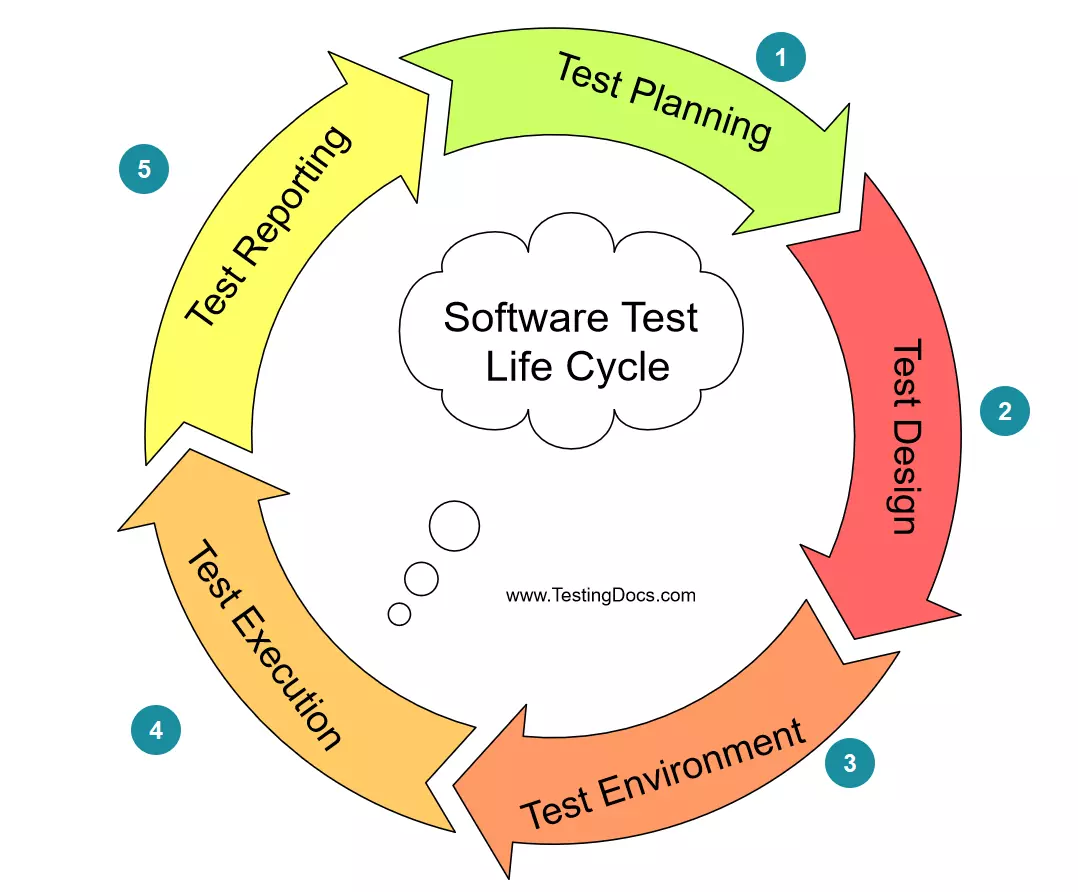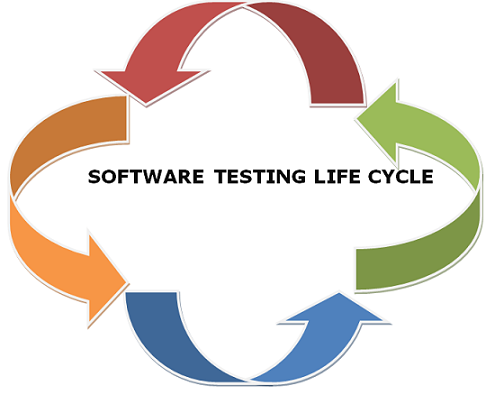Software life cycle testing is one of those topics that you’ll find a lot of different opinions about. Some say it’s just another way of saying regression testing, but others say it’s more than that.
I think the term “life cycle testing” is used in various ways. Sometimes it refers to the whole process of development from creation to launch. Sometimes it refers to the entire lifecycle of a product, including requirements gathering, design, coding, testing, deployment, and support.
Software life cycle testing is the process of checking whether a software program has been developed correctly. A product can be tested throughout its life cycle by monitoring the program’s development and deployment. This helps ensure that the final product meets the users’ expectations.
Software life cycle testing aims to verify that the requirements set out by the project managers, product owners, and stakeholders are met.
Software life cycle testing is a method of validating that software meets the requirements and expectations of users. This process ensures that the software works as expected throughout its lifecycle.
Software life cycle testing creates and maintains a complete set of software tests.
The purpose of software testing is to ensure that the software functions according to the requirements and expectations of users.
For example, a software developer may want to test the software to ensure it runs smoothly and provides the user with accurate results.
Software testing is a very important aspect of software development.
It is a systematic approach to identifying, isolating, and correcting software programs or system errors.
A good software tester will identify the risks involved in a project and test each element to ensure that it meets the customer’s requirements.
Software life cycle testing (or SLCT) is a method software developers use to find application defects.
Software testing is a vital part of any software development project. However, there are many different types of testing, and most software developers are unfamiliar with them.
In this blog post, I will explain software life cycle testing, why it’s important, and how it can help you avoid mistakes and improve your code quality.

Software life cycle testing
Software life cycle testing (LCT) helps software developers identify potential flaws in their programs during the development phase. This is done by evaluating the software based on its intended purpose, analyzing the requirements, identifying the issues and bugs, and then solving them.
Once the program is released, the software life cycle testing can be performed again to ensure the same issues aren’t encountered.
It can be confusing and hard to know where to start. When first learning to develop software, you’ll probably look for a quick way to test your work.
If you’re just getting started, you may feel overwhelmed. But I’m going to show you a simple approach that can help you understand software testing fundamentals. This will help you write better tests and create a more stable application.
Testing in software development
Life cycle testing (or regression testing) is a process that ensures that software is performing correctly during its entire lifecycle.
The goal is to test that the software continues to work as it was designed. This means that everything should work the same way it always has.
Software testing may be done at different stages during the development process.
It may be done when the software is built and released. It may also be done as part of the release process.
Life cycle testing can be performed on a variety of different types of software. It may be performed on desktop applications, mobile apps, web applications, or software that runs in a browser.
Life cycle testing refers to the process of performing tests over the lifetime of a product. This includes everything from unit, integration, and system tests, all the way to the final product’s release.
It’s important to note that life cycle testing is distinct from software development. While software development is about building the product, life cycle testing is about verifying that the product will function correctly once it’s made.
If you’ve ever been involved in building a software product, you probably know how long it takes. Depending on your needs, it can take anywhere from a few weeks to several years. That’s a long time to wait, and it’s a big risk.
As a result, most developers tend to skip life cycle testing entirely.

Testing in mobile apps
Software testing is a process of evaluating the quality of a software product. It is usually performed by the software developer but may be done by an independent party.
The goal of testing is to determine if the software product satisfies the customer requirements, meets the stated performance objectives, and operates within acceptable limits of performance.
Software testing is not just limited to the software development team. It is also part of the process of planning, developing, and maintaining a software application.
Software life cycle testing is a process used to validate the quality of the software. This is a must for any product released to the public.
It is important to remember that the tests performed on the software are done to ensure the software is working as expected.
The most common types of software life cycle testing are stress testing, system testing, regression testing, and performance testing.
Stress testing is where the software is put under a load of various inputs, and its response is observed. System testing involves testing the functionality of the software.
Regression testing is where the software is tested after it has been changed. Performance testing involves testing the speed and efficiency of the software.
Each type of test has its own set of strengths and weaknesses. Each type of testing is designed to look at a specific aspect of the software.
Software testing tools
Software life cycle testing is one of the most important parts of software development.
It helps ensure that your code is robust, efficient, and bug-free. While this sounds easy, it takes years of experience to become an expert in this field.
It’s important to understand what is happening during different stages of the development process.
When a developer finishes coding, it’s time to test and verify that everything works.
This is called unit testing.
You can learn more about unit testing by reading my post on how to start unit testing.
After testing and verifying that the application functions correctly, it’s time to perform integration testing.
This means that you’re checking that everything works together as expected.
For example, if your application uses a database, you would verify that it works with other parts of your application.
Software Life Cycle Testing (SLCT) is a methodology used to test software products from the initial design phase through the development process. SLCT aims to verify that the product meets the functional requirements, performs properly, and has a user-friendly interface.
Software life cycle testing may include the following activities:
• Functional testing: Test cases are created that exercise specific functions. This may include automated regression testing, integration testing, and acceptance testing.
• Unit testing: Test cases are created to verify the correctness of individual components. The units tested may include classes, procedures, methods, and subroutines.
• System testing: Test cases are created to verify the correctness of the entire system.
• Regression testing: Test cases are created to ensure that previously successful tests still function correctly. Regression testing is often done after a major modification or software upgrade.
• User acceptance testing: Test cases are created to verify that the product meets the functional requirements, performs properly and has a user-friendly interface.

Frequently Asked Questions (FAQs)
Q: How important is it for a software developer to grasp the Software Life Cycle?
A: Software developers need to understand the software life cycle as it applies to testing.
Q: What is Software Life Cycle Testing?
A: Software life cycle testing is a technique that involves evaluating different stages of a software project, from conception to development to release.
Q: Why should testers know about the software life cycle?
A: Knowing about the software life cycle can help them evaluate a project in its entirety and ensure that each phase has a corresponding test plan.
Q: What is the difference between unit and functional testing?
A: Unit tests are designed to exercise individual code units, while functional tests exercise entire systems to ensure that they perform their required functions.
Q: What is a life cycle test?
A: A life cycle test involves executing software programs in different scenarios. For example, an airplane may have several software programs running in its various operation modes. The software is tested before it is installed in the aircraft to ensure it works properly when the pilot uses it. The pilot may crash or miss the destination if a program does not work properly during a flight. So, this type of test ensures that the software works as it should.
Q: What is the difference between a functional and an integration test?
A: There is no difference. Both are tests of the software product as a whole.
Q: What is a smoke test?
A: Smoke testing is testing software products without a load. If the software crashes, it doesn’t matter whether there is a real user or not; the software has failed.
Myths About Software
It is only for testing the end product.
End product testing is not complete without software life cycle testing.
Software life cycle testing is an independent phase.
The only purpose of life cycle testing is to catch bugs.
Life cycle testing is a waste of time.
Life cycle testing is another way for testers to take jobs away from developers.
Life cycle testing is not required.
Software life cycle testing is too expensive.
It is impossible to automate software testing.
The development process does not use Software Life Cycle Testing.
Development teams use Software Life Cycle Testing to ensure software works correctly.
Software life cycle testing is like regression testing.
It is only useful to find bugs in the code.
It is only useful for developers.
It is not relevant for testers.
Conclusion
We have written about Software Life Cycle Testing in the past, but I think it is worth mentioning again.
The pure Life Cycle Testing is to aimssure that the client’s requirements develop the software.
When we talk about the software development cycle, we are talking about the stages a software product passes during its development.
This includes requirements analysis, architecture, design, coding, testing, and maintenance.
It is extremely important to understand that software testing is integral to every software development process.
I assume you’ve heard of software life cycle testing, and if you haven’t, I recommend checking out the Wikipedia page.
I assume you’ve heard of software life cycle testing, and if you haven’t, I recommend checking out the Wikipedia page.
Life cycle testing is validating that a software product works correctly during each stage of its life cycle. This includes ensuring that it functions as expected during development, testing, and deployment.
Life cycle testing can identify and resolve bugs during a software product’s life cycle. A successful life cycle test ensures that the product meets the requirements of its users and provides them with a good experience.







